Home>Renovation & DIY>Tools & Equipment>What Screwdriver For License Plate
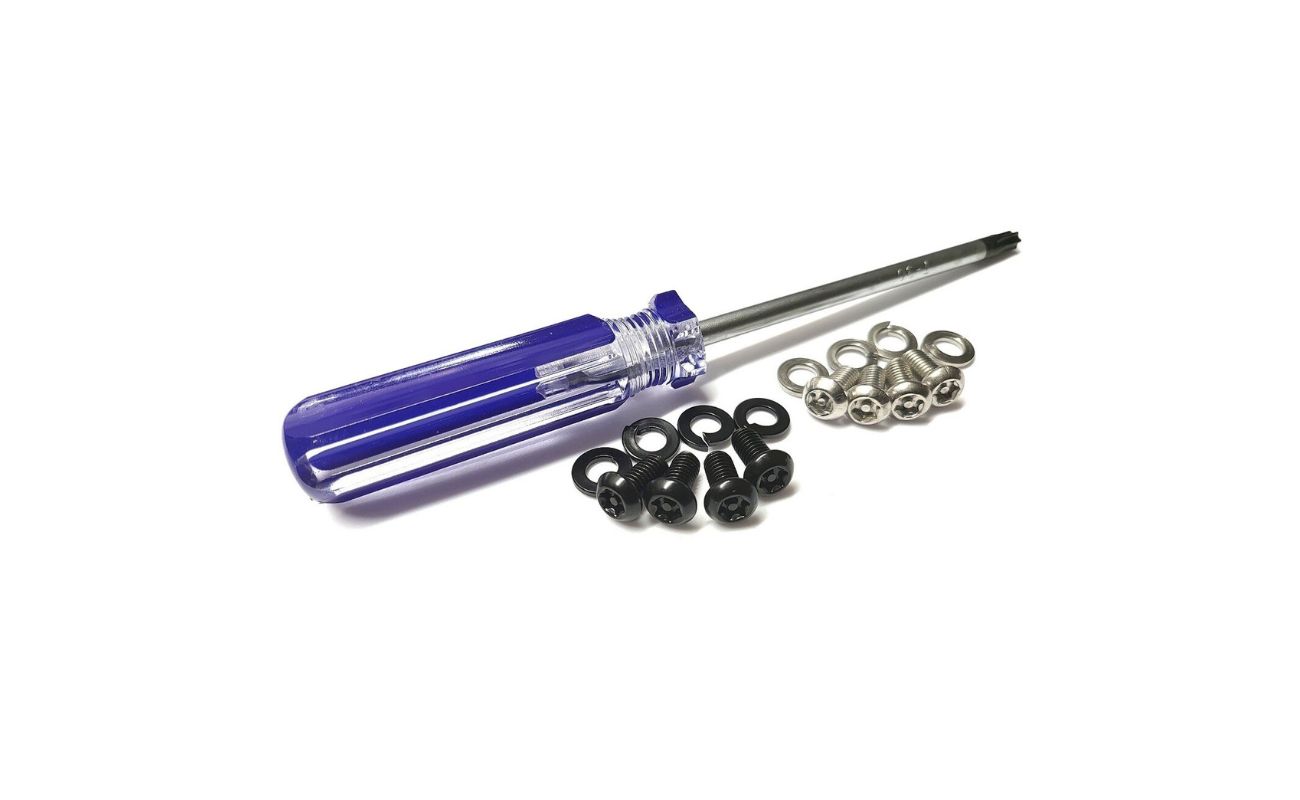

Tools & Equipment
What Screwdriver For License Plate
Modified: February 18, 2024
Discover the essential tools and equipment, including the right screwdriver, for installing or replacing a license plate. Ensure a secure and hassle-free installation process.
(Many of the links in this article redirect to a specific reviewed product. Your purchase of these products through affiliate links helps to generate commission for Storables.com, at no extra cost. Learn more)
Introduction
When it comes to mounting a license plate, the tools you use can make all the difference. A screwdriver is a vital tool in this process, but with various types available, it's crucial to select the right one for the job. The type of screwdriver you need will depend on the screws used to attach the license plate to your vehicle. In this article, we will explore the different types of screwdrivers and help you determine which one is best suited for securing your license plate. So, let's dive into the world of screwdrivers and find the perfect tool for the task at hand.
Key Takeaways:
- Choose the right screwdriver for your license plate by matching the screw type, ensuring a comfortable handle, and exploring magnetic options for easier installation.
- Prioritize the selection of the appropriate screwdriver to ensure a secure and hassle-free license plate installation, reflecting your attention to detail and commitment to vehicle maintenance.
Read more: How To Change A License Plate Light Bulb
Types of Screwdrivers
Before delving into the specifics of screwdrivers for license plates, it’s important to understand the various types of screwdrivers available. Each type is designed to work with different screw heads, and having a basic understanding of these variations will help you choose the right tool for the job. Here are the primary types of screwdrivers:
- Phillips Screwdriver: The Phillips screwdriver features a cross-shaped tip, designed to fit into Phillips screws. These screws have a shallow cruciform slot and are commonly found in many automotive applications, including license plate brackets.
- Flathead Screwdriver: Also known as a slotted screwdriver, the flathead screwdriver is characterized by its flat, single-slot head. While less common in modern vehicles, some license plate screws may still have a slotted design.
- Torx Screwdriver: Torx screws have a six-point star-shaped recess and require a corresponding Torx screwdriver. While less common in license plate installation, some vehicles may use Torx screws for added security.
These are the primary types of screwdrivers you may encounter when working with automotive components, including license plates. Understanding the distinctions between these screwdriver types is essential for selecting the appropriate tool for your specific license plate fasteners.
Phillips Screwdriver
The Phillips screwdriver, named after its inventor Henry F. Phillips, is a versatile tool commonly used in automotive and household applications. Its distinguishing feature is the cross-shaped tip, which corresponds to the design of Phillips screws. These screws have a shallow cruciform slot with rounded edges, allowing the screwdriver to engage firmly and minimize slipping during use.
When it comes to license plate installation, Phillips screws are frequently utilized due to their ability to provide secure fastening. The self-centering design of the Phillips screwdriver tip helps maintain a strong grip on the screw head, reducing the likelihood of stripping or damaging the fasteners.
For license plates, Phillips screws are often found in standard and metric sizes, and the appropriate Phillips screwdriver must match the screw size to ensure a proper fit. Using an incorrectly sized screwdriver can lead to slippage, potentially damaging the screw head and making removal difficult.
When selecting a Phillips screwdriver for license plate installation, it’s important to choose one with a comfortable handle for a secure grip. Additionally, opting for a magnetic Phillips screwdriver can be advantageous, as it helps hold the screws in place, making it easier to align and fasten them without dropping or losing the screws during installation.
By understanding the features and benefits of the Phillips screwdriver, you can make an informed decision when choosing the right tool for securing your license plate with Phillips screws.
Flathead Screwdriver
The flathead screwdriver, also known as a slotted screwdriver, is a fundamental tool with a flat, single-slot head designed to fit into slotted screws. While less prevalent in modern automotive applications, some license plate brackets and fasteners may still utilize slotted screws, necessitating the use of a flathead screwdriver for installation or removal.
When working with license plates secured by slotted screws, it’s essential to select the appropriate size of flathead screwdriver to ensure a snug fit in the screw head. Using an incorrectly sized screwdriver can result in slippage, potentially damaging the screw and making it challenging to fasten or loosen the screw effectively.
Additionally, the design of the flathead screwdriver tip requires careful alignment with the slot in the screw head to prevent slipping and maintain a secure grip during use. Proper alignment and consistent pressure are crucial to avoid damaging the screw or surrounding surfaces while installing or removing the license plate.
While the prevalence of slotted screws in automotive applications has diminished over time, it’s still beneficial to have a reliable flathead screwdriver in your toolkit for tasks such as license plate installation, as well as various household and DIY projects that may involve slotted screws.
When selecting a flathead screwdriver for license plate work, consider choosing one with a comfortable and ergonomic handle to ensure a secure grip and minimize hand fatigue during extended use. By understanding the characteristics and applications of the flathead screwdriver, you can confidently tackle license plate installation and other projects that require the use of slotted screws.
Use a Phillips head screwdriver for most license plate screws. If the screws are flathead, use a flathead screwdriver. Make sure to use the right size to avoid stripping the screws.
Torx Screwdriver
The Torx screwdriver is designed to engage with Torx screws, which feature a six-point star-shaped recess. While less common in license plate installation compared to Phillips and flathead screws, some vehicles may utilize Torx screws for added security and resistance to tampering.
When encountering Torx screws in license plate brackets or fasteners, it’s essential to use the appropriate Torx screwdriver size to ensure a proper fit. Using an incorrectly sized Torx screwdriver can lead to slippage, potentially damaging the screw head and making it challenging to securely fasten or remove the screws.
One of the advantages of Torx screws and corresponding screwdrivers is their ability to handle higher torque compared to traditional screw types, making them suitable for applications where increased fastening strength is required. This feature contributes to the enhanced security and stability of components, including license plates, when secured with Torx screws.
When selecting a Torx screwdriver for license plate-related tasks, consider choosing a model with a comfortable handle that provides a secure grip. Additionally, a magnetic Torx screwdriver can be advantageous, as it helps hold the screws in place during installation, reducing the risk of dropping or losing the screws and simplifying the fastening process.
While Torx screws may not be as prevalent in license plate installation as Phillips or flathead screws, having a reliable Torx screwdriver in your toolkit can be beneficial for addressing a broader range of automotive and mechanical fastening needs, ensuring that you are well-prepared for various screw types you may encounter.
Choosing the Right Screwdriver for License Plate
When it comes to securing a license plate to your vehicle, selecting the right screwdriver is crucial for efficient and effective installation. The type of screwdriver you choose will depend on the specific fasteners used to attach the license plate bracket to your vehicle. Here are some key considerations to help you choose the appropriate screwdriver for your license plate:
- Identify the Screw Type: Start by identifying the type of screws used to secure the license plate bracket. Whether they are Phillips, flathead, Torx, or another type, understanding the screw type is essential for selecting the corresponding screwdriver.
- Match the Screwdriver to the Screw Type: Once you have identified the screw type, ensure that you have the appropriate screwdriver that matches the screw head design. Using the correct screwdriver type and size will help prevent slippage, minimize the risk of damaging the screws, and ensure a secure and snug fit during installation.
- Consider Handle Comfort and Grip: When choosing a screwdriver for license plate installation, consider the comfort and grip provided by the handle. A screwdriver with an ergonomic and comfortable handle can reduce hand fatigue during extended use and provide better control and precision during the fastening process.
- Explore Magnetic Screwdriver Options: Magnetic screwdrivers can be advantageous when working with small screws, such as those used in license plate brackets. The magnetic feature helps hold the screws in place, making it easier to align and fasten them without the risk of dropping or losing the screws during installation.
- Invest in a Versatile Set: To cover a wide range of potential fastening scenarios, consider investing in a versatile screwdriver set that includes various types and sizes of screwdrivers. This ensures that you are prepared for different screw head designs and sizes that may be encountered during license plate installation and other automotive or household tasks.
By carefully considering the screw type, matching the screwdriver to the specific fasteners, prioritizing handle comfort and grip, exploring magnetic screwdriver options, and investing in a versatile set, you can confidently select the right screwdriver for securing your license plate with precision and ease.
Conclusion
Choosing the appropriate screwdriver for securing your license plate is a fundamental aspect of ensuring a secure and hassle-free installation process. By understanding the different types of screwdrivers and their compatibility with various screw heads, you can make informed decisions when selecting the right tool for the job.
Whether you are working with Phillips, flathead, Torx, or other types of screws, the key lies in matching the screwdriver to the specific fasteners used in your license plate bracket. This approach minimizes the risk of slippage, damage to the screws, and ensures a snug and secure fit during installation.
Considering factors such as handle comfort, grip, and the potential benefits of magnetic screwdrivers further enhances the efficiency and precision of the installation process. Additionally, having a versatile screwdriver set at your disposal equips you to handle a wide range of fastening scenarios, not only for license plate installation but also for various automotive and household tasks.
By prioritizing the selection of the right screwdriver, you can streamline the process of securing your license plate, contributing to the overall safety and compliance of your vehicle. Whether it’s a Phillips screwdriver for standard applications, a flathead screwdriver for slotted screws, or a Torx screwdriver for added security, having the appropriate tool on hand empowers you to tackle the task with confidence and precision.
Ultimately, the right screwdriver is not just a tool; it’s a key element in the seamless and secure attachment of your license plate, reflecting your attention to detail and commitment to maintaining your vehicle with care and precision.
Frequently Asked Questions about What Screwdriver For License Plate
Was this page helpful?
At Storables.com, we guarantee accurate and reliable information. Our content, validated by Expert Board Contributors, is crafted following stringent Editorial Policies. We're committed to providing you with well-researched, expert-backed insights for all your informational needs.

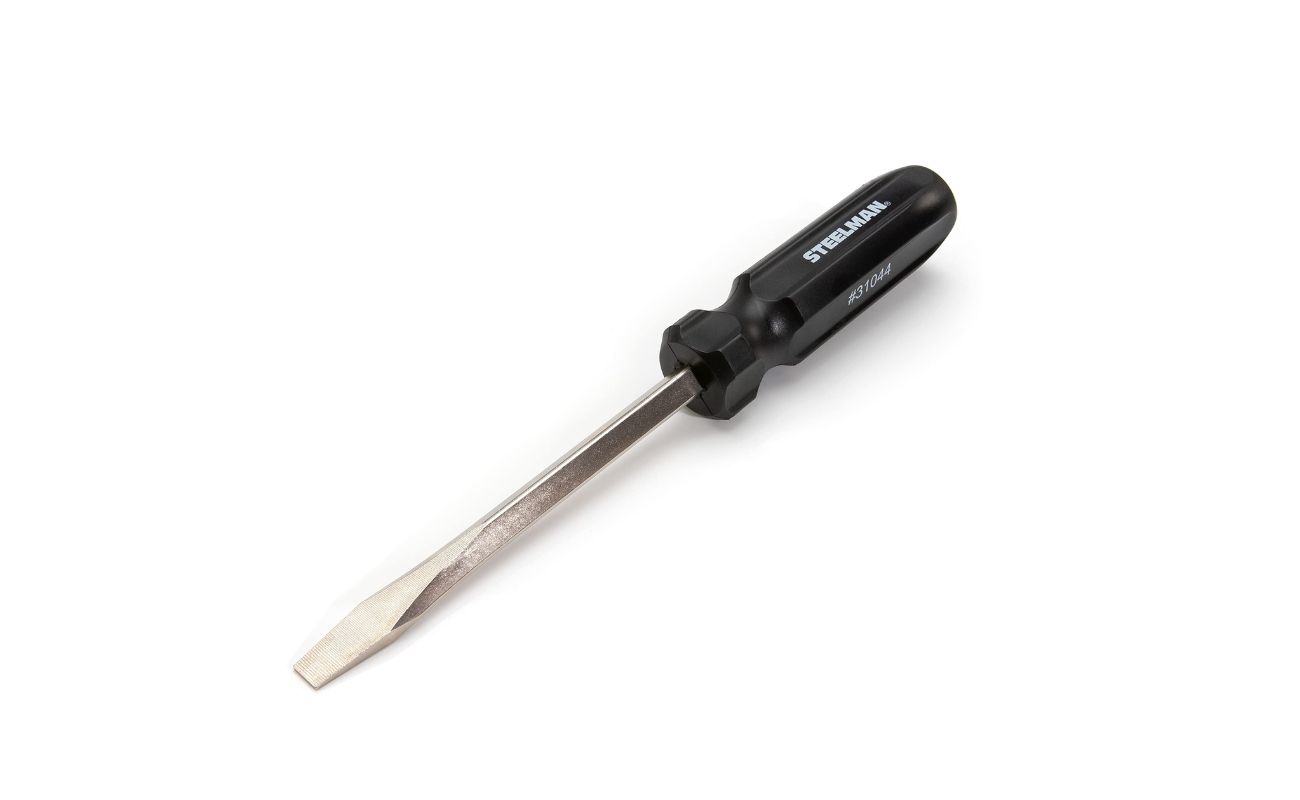
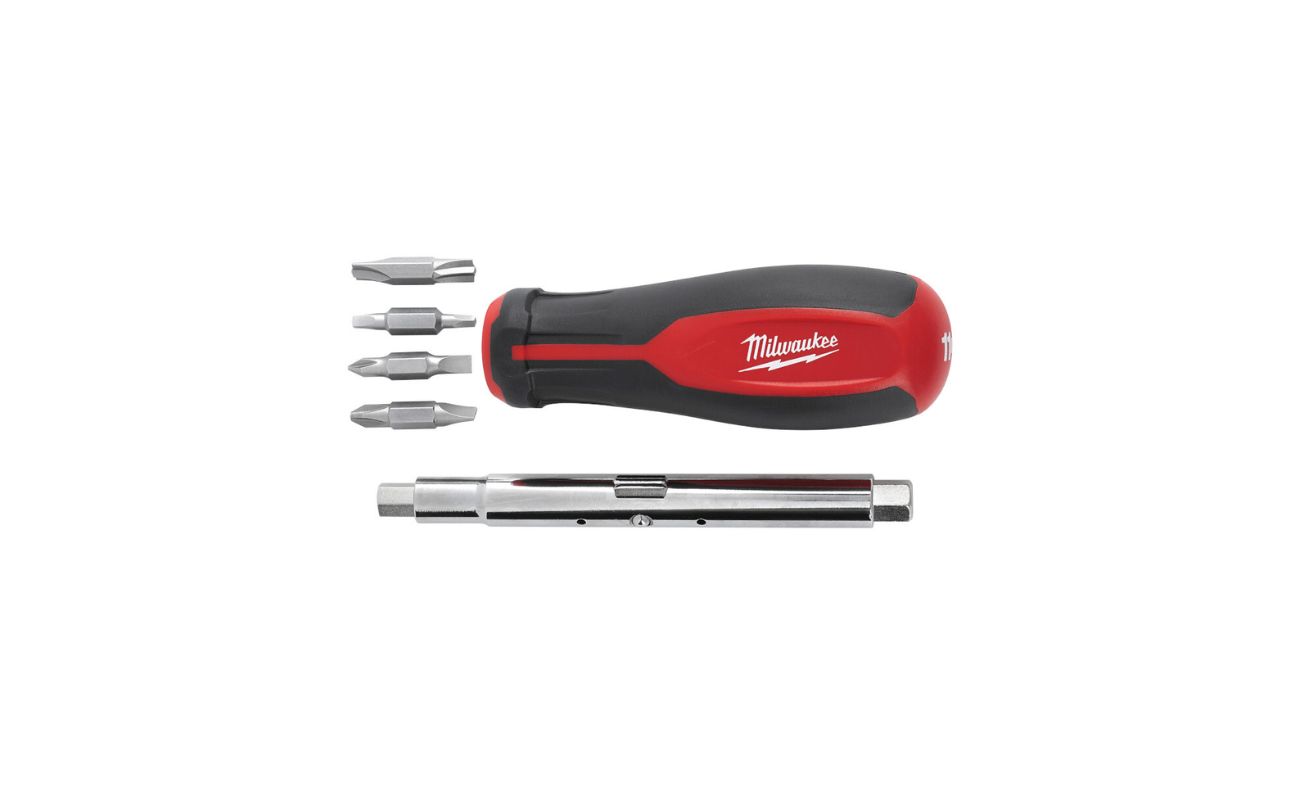
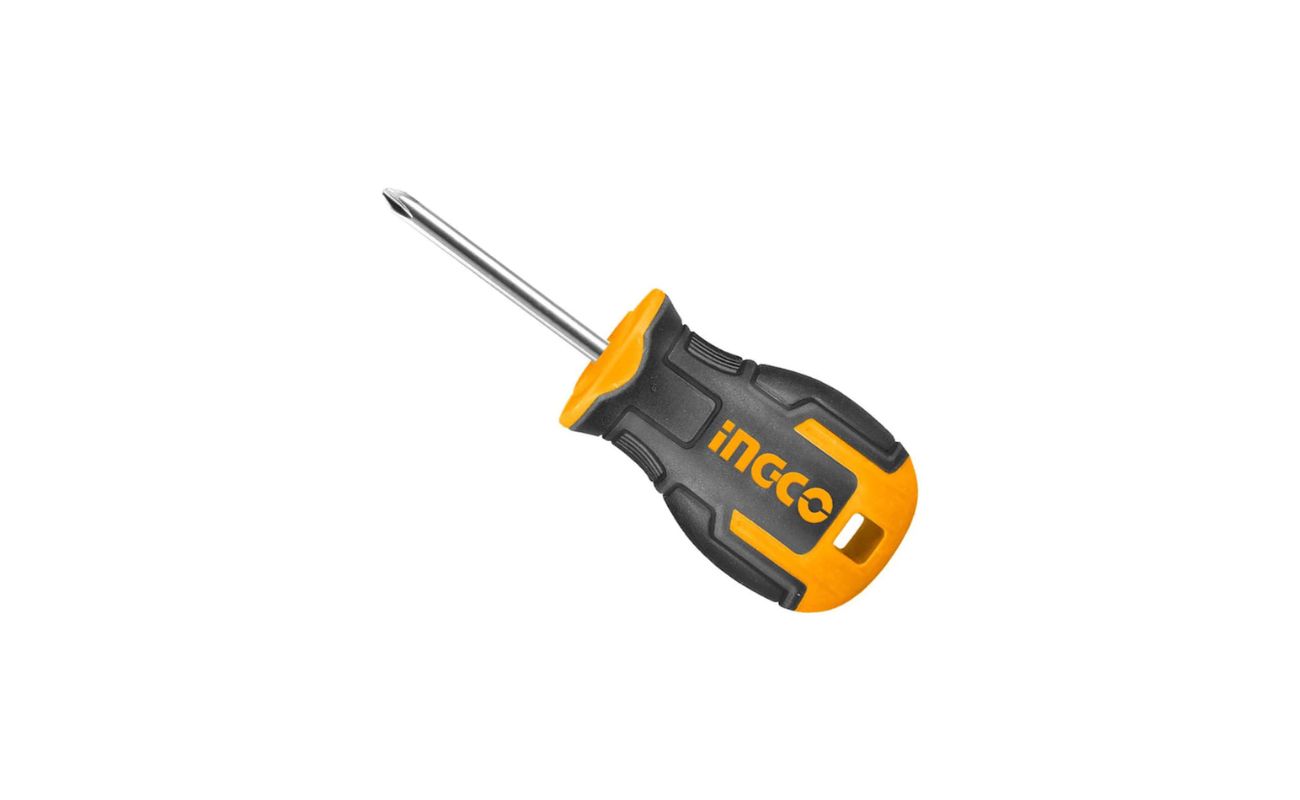
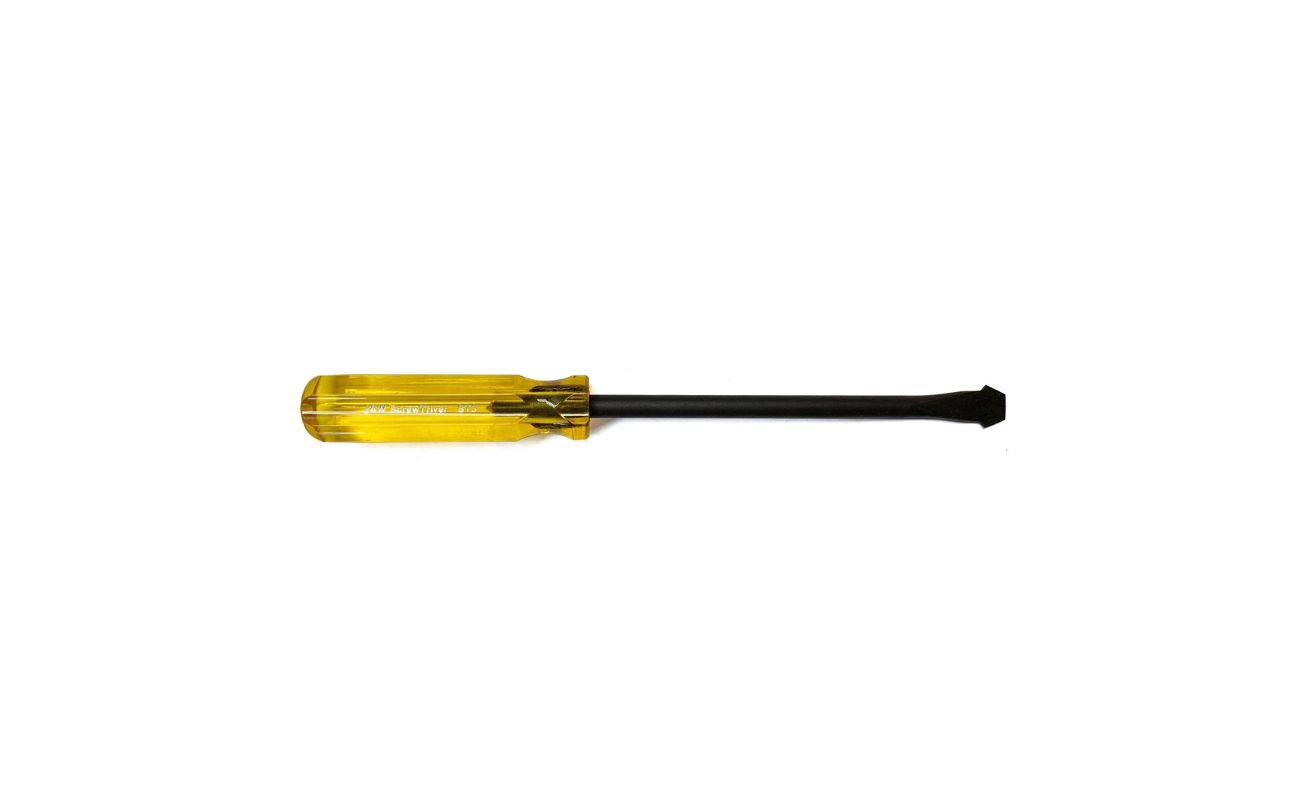



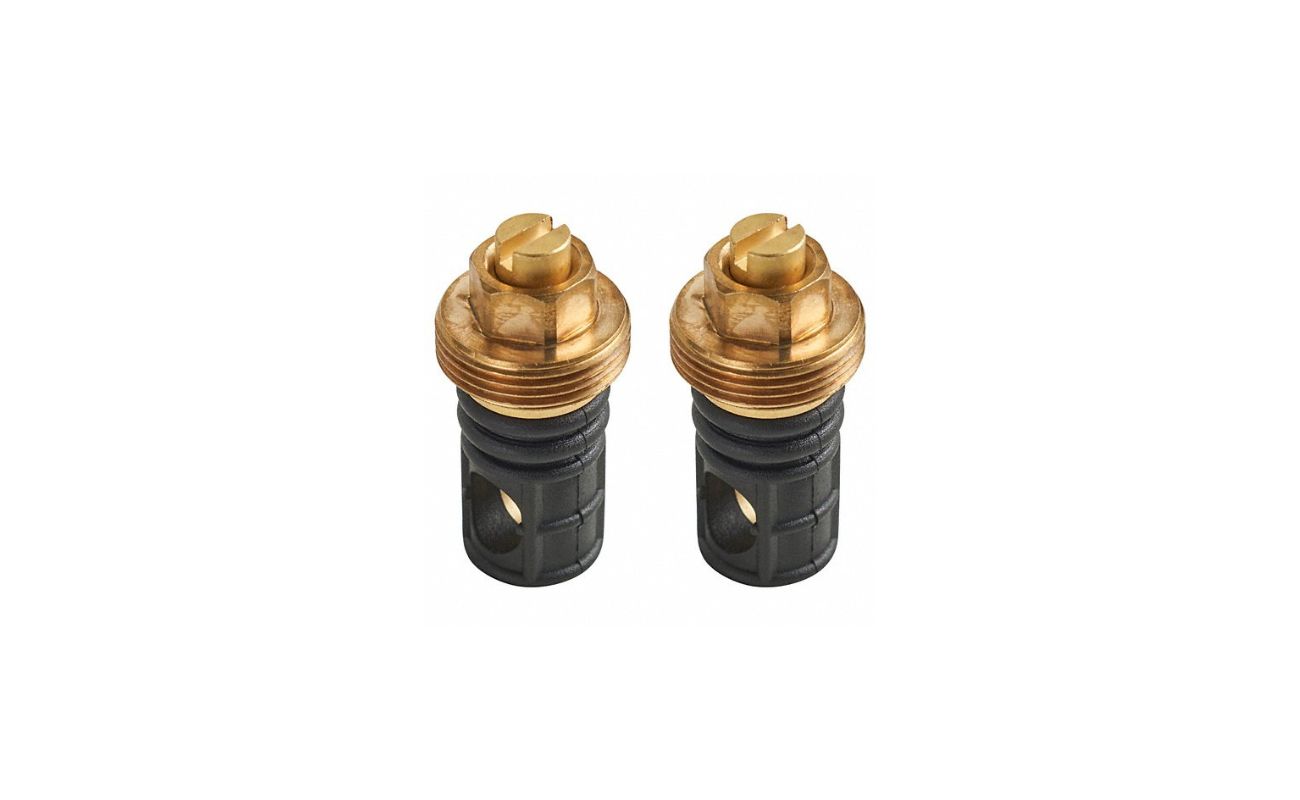
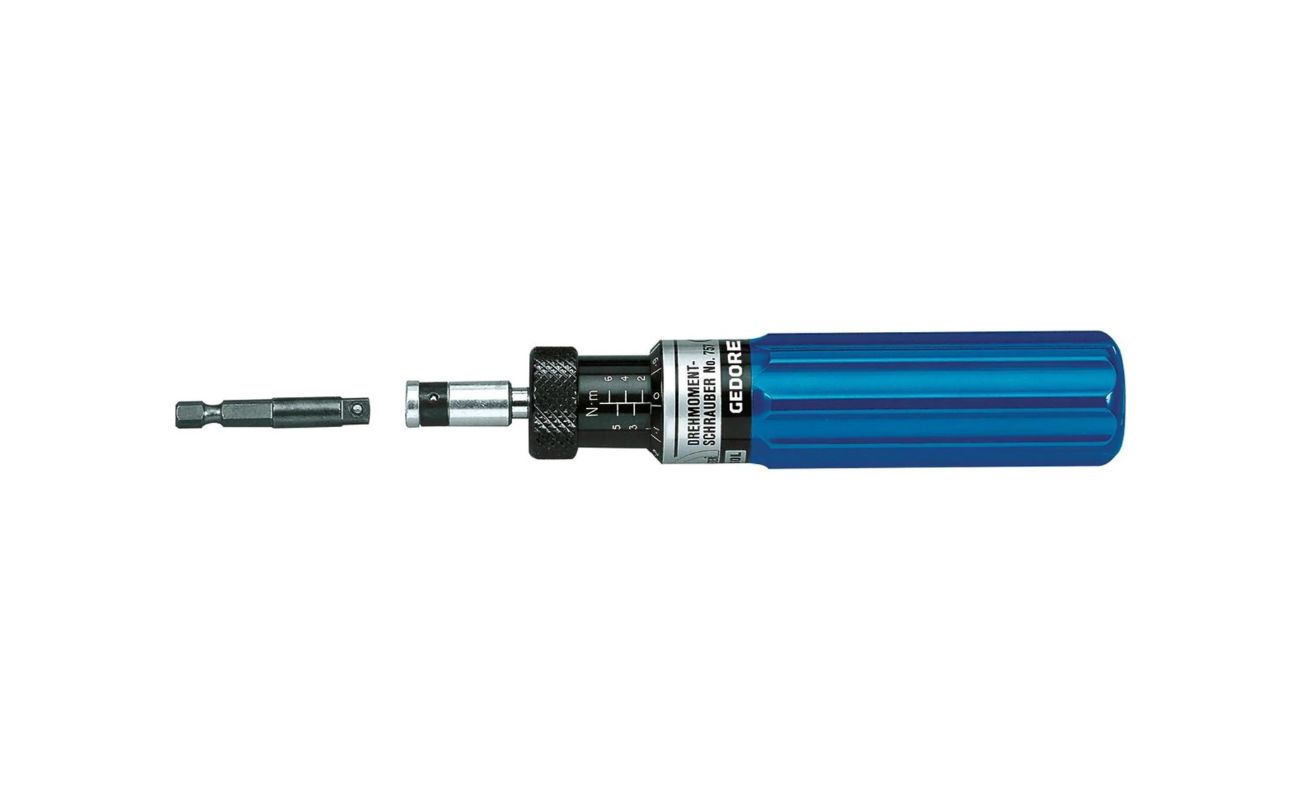

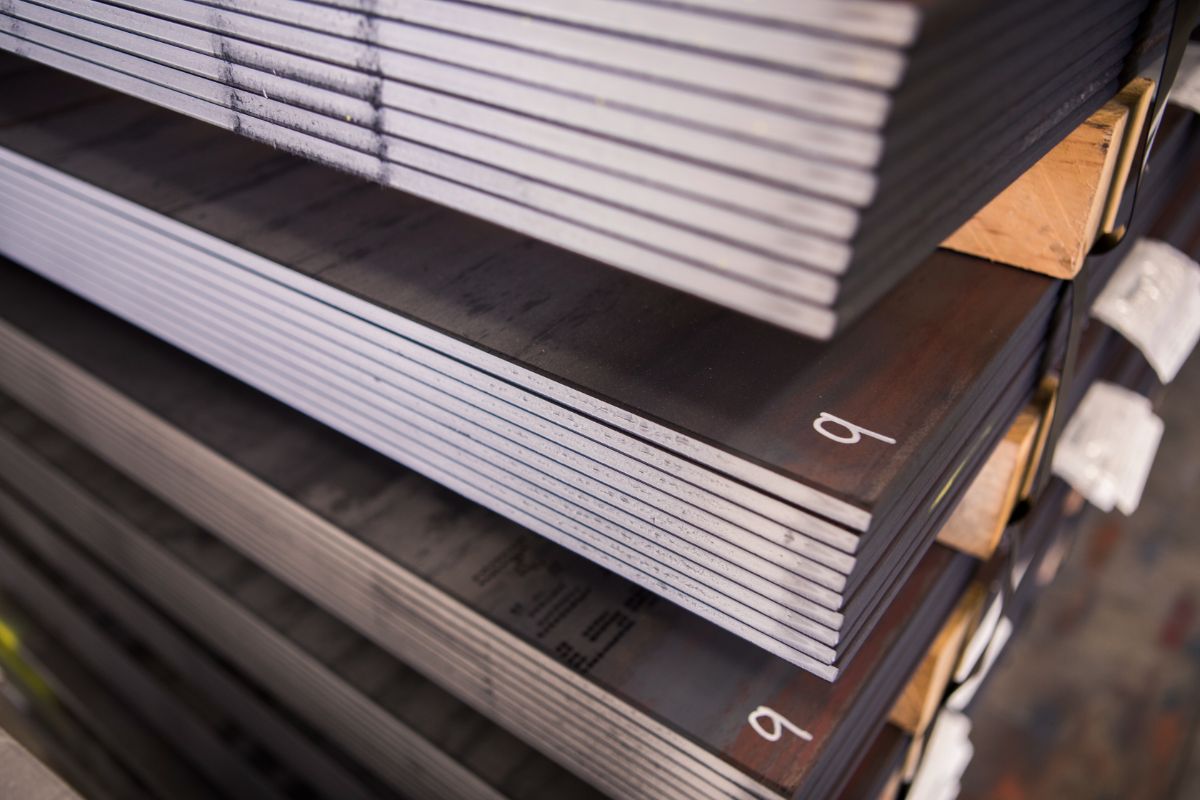
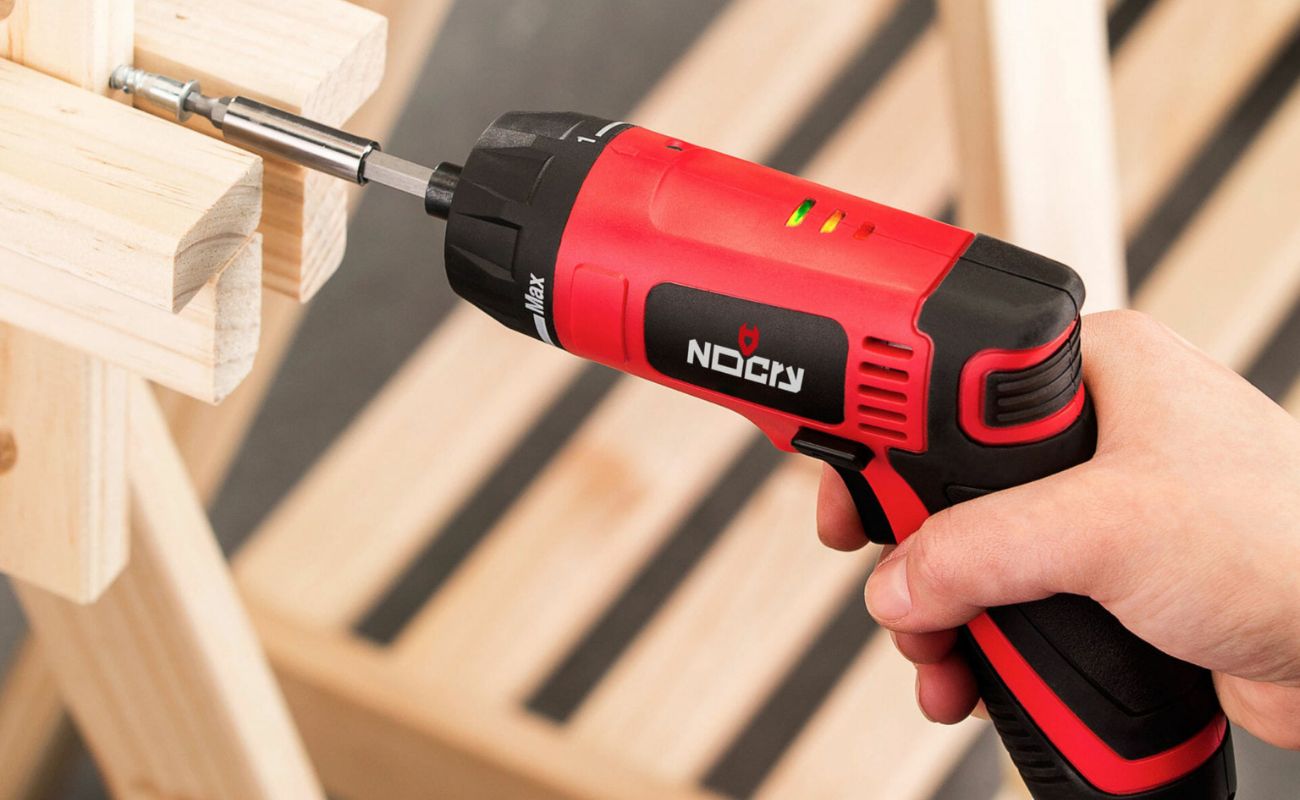
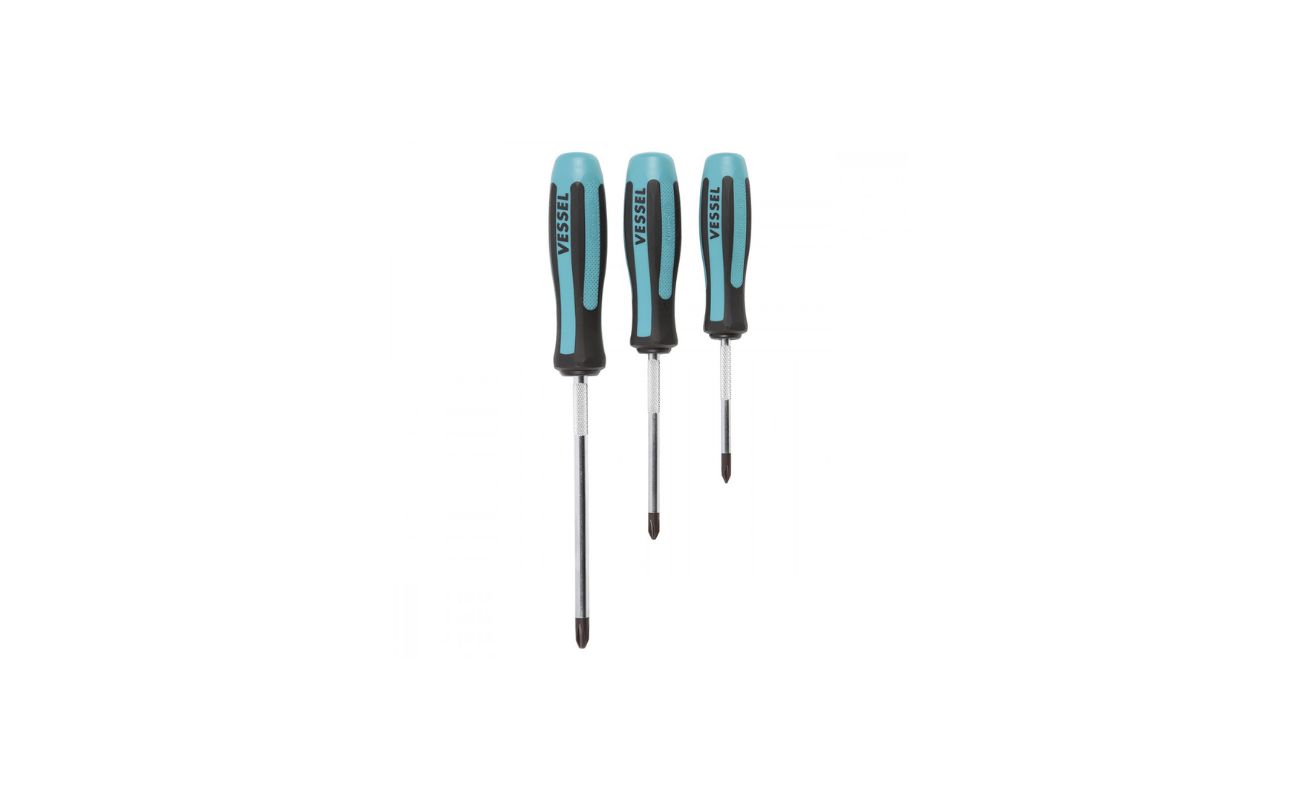

0 thoughts on “What Screwdriver For License Plate”